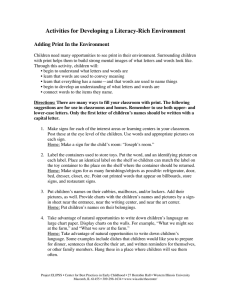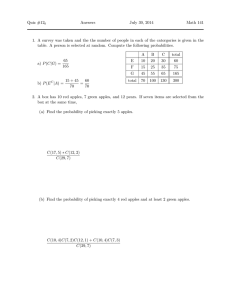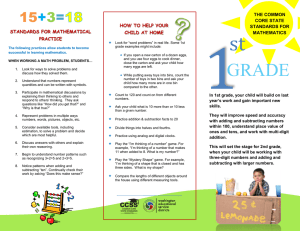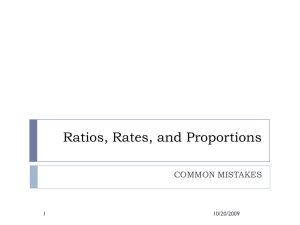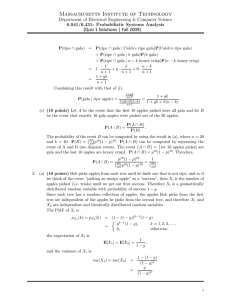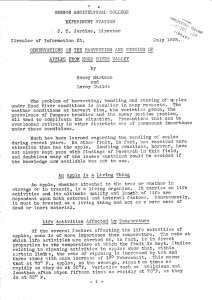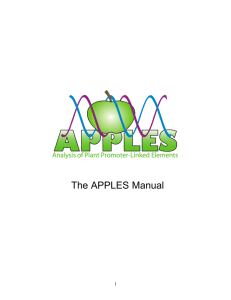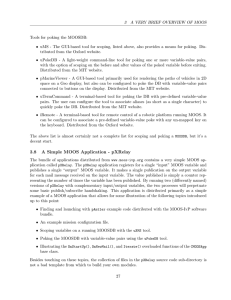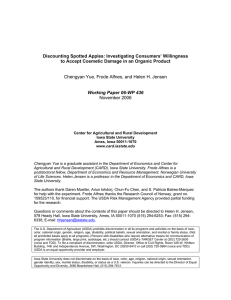Activities for Developing a Literacy-Rich Environment
advertisement
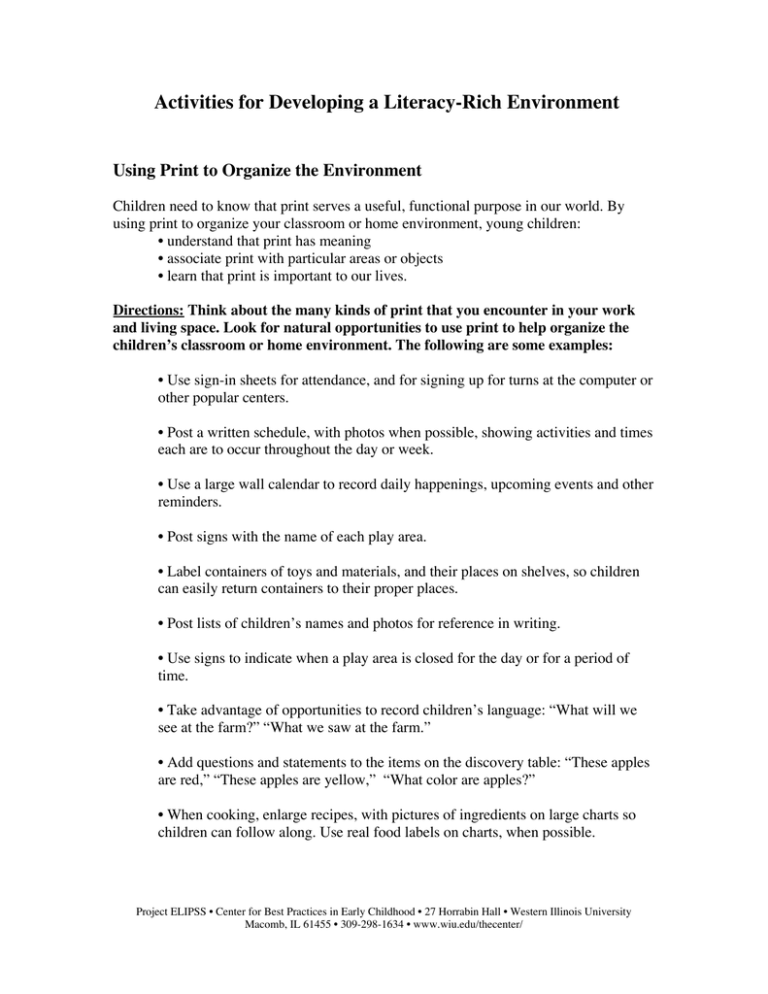
Activities for Developing a Literacy-Rich Environment Using Print to Organize the Environment Children need to know that print serves a useful, functional purpose in our world. By using print to organize your classroom or home environment, young children: • understand that print has meaning • associate print with particular areas or objects • learn that print is important to our lives. Directions: Think about the many kinds of print that you encounter in your work and living space. Look for natural opportunities to use print to help organize the children’s classroom or home environment. The following are some examples: • Use sign-in sheets for attendance, and for signing up for turns at the computer or other popular centers. • Post a written schedule, with photos when possible, showing activities and times each are to occur throughout the day or week. • Use a large wall calendar to record daily happenings, upcoming events and other reminders. • Post signs with the name of each play area. • Label containers of toys and materials, and their places on shelves, so children can easily return containers to their proper places. • Post lists of children’s names and photos for reference in writing. • Use signs to indicate when a play area is closed for the day or for a period of time. • Take advantage of opportunities to record children’s language: “What will we see at the farm?” “What we saw at the farm.” • Add questions and statements to the items on the discovery table: “These apples are red,” “These apples are yellow,” “What color are apples?” • When cooking, enlarge recipes, with pictures of ingredients on large charts so children can follow along. Use real food labels on charts, when possible. Project ELIPSS • Center for Best Practices in Early Childhood • 27 Horrabin Hall • Western Illinois University Macomb, IL 61455 • 309-298-1634 • www.wiu.edu/thecenter/
